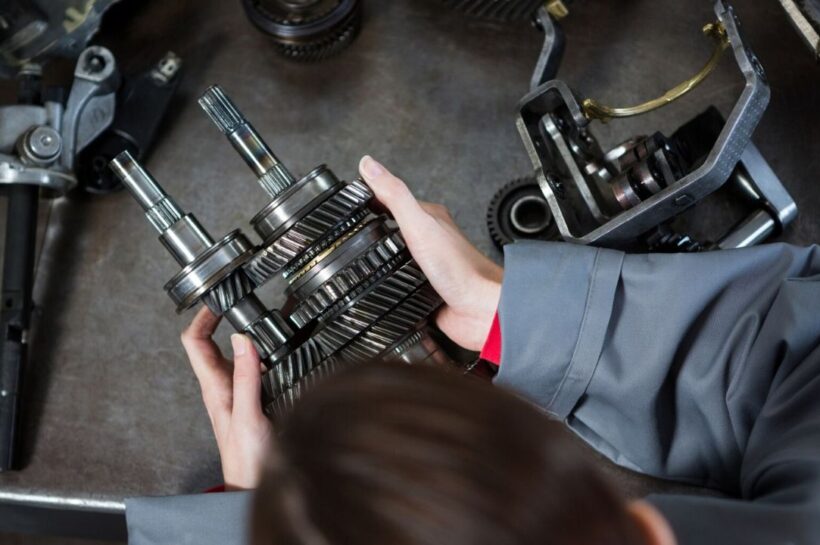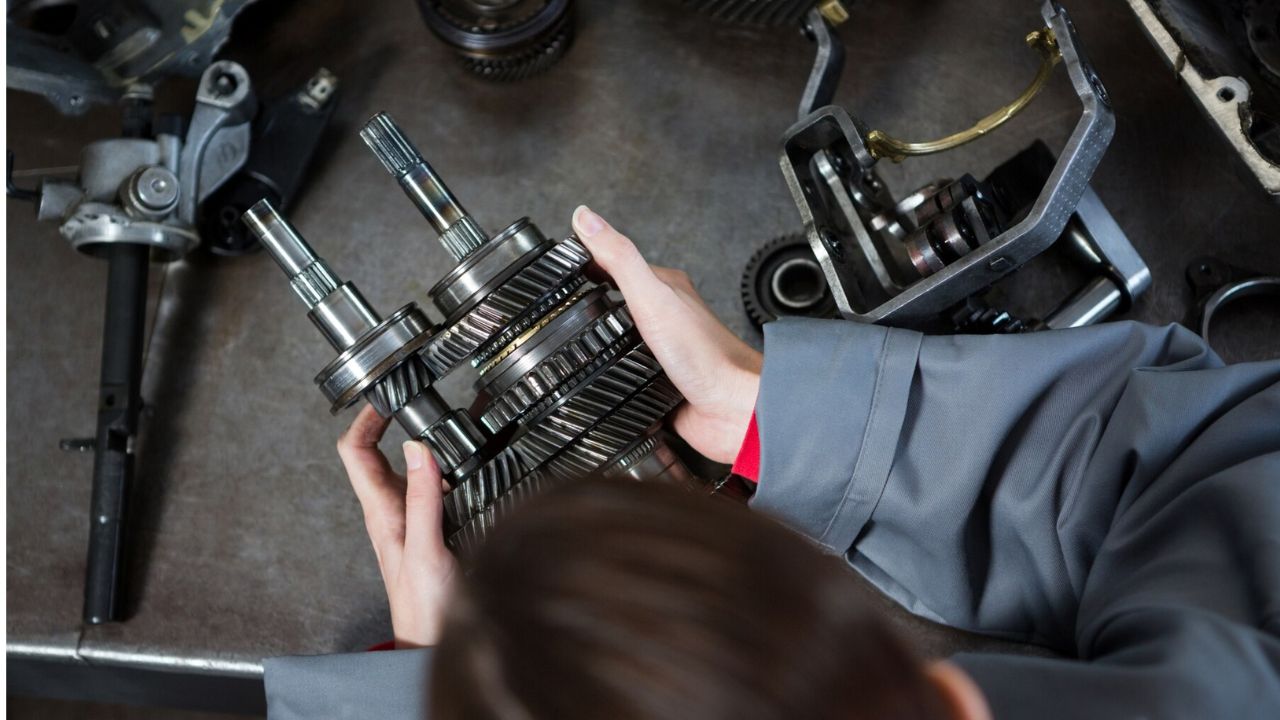Introduction
The 192-97 LT1 cooling system lines play a critical role in maintaining engine temperature and preventing overheating. Every vehicle with an LT1 engine relies on an efficient cooling system for peak performance. Understanding the key components, proper maintenance techniques, and common troubleshooting solutions ensures that the system functions properly.
Proper cooling prevents engine failure, maintains fuel efficiency, and extends the lifespan of internal components. Learning about the 192-97 LT1 cooling system lines helps car enthusiasts, mechanics, and performance vehicle owners improve reliability. This guide covers the system’s functionality, installation process, troubleshooting techniques, and maintenance strategies for optimal results.
Understanding the LT1 Cooling System
The LT1 engine cooling system consists of several interconnected parts that regulate temperature and ensure proper heat dissipation. Each component plays a unique role in maintaining efficiency.
Key Components of LT1 Cooling System
- Radiator – Transfers heat from the coolant to the surrounding air.
- Water Pump – Circulates coolant throughout the engine and radiator.
- Thermostat Housing – Regulates coolant flow based on engine temperature.
- Cooling System Lines – Direct coolant flow between essential components.
- Overflow Reservoir – Stores excess coolant and prevents air pockets in the system.
Understanding these components allows vehicle owners to diagnose issues and improve overall performance.
192-97 LT1 Cooling System Lines: Key Features
1. High-Quality Materials for Durability
Manufacturers use high-temperature resistant materials to withstand extreme engine conditions. Quality materials prevent leaks, corrosion, and premature failure.
2. Optimal Coolant Flow Design
Efficient routing ensures consistent coolant circulation throughout the engine. Proper flow prevents overheating, maintains fuel efficiency, and reduces wear on components.
3. Easy Installation Process
Most cooling system lines come with OEM-style fittings, ensuring compatibility with stock LT1 engines. Proper installation minimizes leaks and enhances efficiency.
4. Resistance to Pressure and Heat
High-performance cooling lines endure pressure variations and extreme temperature fluctuations without failure. Reinforced designs enhance reliability and longevity.
5. Compatibility with Performance Upgrades
Enthusiasts upgrading their LT1 engines with high-performance radiators or thermostats benefit from durable and heat-resistant cooling lines.
Installation Guide for 192-97 LT1 Cooling System Lines
Installing new cooling system lines improves engine reliability and performance. Follow these steps to ensure proper installation:
Step 1: Gather Necessary Tools and Parts
- New 192-97 LT1 cooling system lines
- Wrenches and sockets
- Coolant
- Hose clamps
- Drain pan
Step 2: Drain Existing Coolant
Place a drain pan under the radiator and open the drain valve. Allow all coolant to drain before removing old lines.
Step 3: Remove Old Cooling Lines
Loosen hose clamps and carefully detach each cooling system line. Inspect the old hoses for wear, cracks, or leaks.
Step 4: Install New Cooling Lines
Secure the new cooling lines in place using hose clamps. Ensure a snug fit to prevent leaks or coolant loss.
Step 5: Refill Coolant and Bleed Air Bubbles
Refill the system with coolant and remove air pockets by running the engine with the radiator cap off.
Step 6: Inspect for Leaks and Test Performance
Check all connections for leaks. Monitor engine temperature to confirm proper cooling system function.
Common Issues with LT1 Cooling System and Solutions
1. Overheating Problems
Solution: Check coolant levels, inspect hoses for leaks, and ensure the thermostat opens correctly. A faulty water pump may require replacement.
2. Leaking Coolant Lines
Solution: Tighten hose clamps or replace damaged lines with high-quality aftermarket replacements. Use high-temperature sealant for secure connections.
3. Air Bubbles in the System
Solution: Bleed the cooling system by running the engine with the radiator cap open. Allow trapped air to escape for proper circulation.
4. Thermostat Failure
Solution: Replace the thermostat if the engine fails to reach optimal operating temperature or overheats frequently.
5. Corrosion and Rust Buildup
Solution: Flush the cooling system regularly and use corrosion-resistant coolant to prevent buildup.
Maintenance Tips for 192-97 LT1 Cooling System Lines
Regular maintenance ensures longevity and optimal performance. Follow these essential tips:
1. Inspect Cooling System Lines Regularly
Check for visible cracks, bulges, or leaks in the hoses. Damaged lines reduce efficiency and increase the risk of overheating.
2. Replace Coolant Periodically
Old coolant loses effectiveness over time. Flush and replace coolant every 30,000–50,000 miles to maintain peak performance.
3. Maintain Proper Coolant Levels
Low coolant levels cause overheating and system failure. Always check the reservoir and refill as needed.
4. Keep the Radiator Clean
Dirt, debris, and corrosion affect heat dissipation. Regularly clean the radiator fins and flush the system when necessary.
5. Use High-Quality Coolant
Choose coolant that meets LT1 engine specifications. Using the wrong type may lead to corrosion or inefficiencies.
Performance Upgrades for LT1 Cooling Systems
Enhancing the cooling system improves overall vehicle performance. Consider these upgrades:
1. High-Performance Radiator
Upgrading to an aluminum radiator increases cooling efficiency and durability.
2. Electric Water Pump Conversion
An electric water pump reduces parasitic power loss and improves coolant circulation at all RPM ranges.
3. Low-Temperature Thermostat
Installing a lower-temperature thermostat ensures the engine operates within an optimal temperature range.
4. Silicone Cooling Hoses
Silicone hoses last longer and resist cracking, ensuring better performance in high-heat conditions.
5. Dual Fan Setup
Adding an additional cooling fan improves airflow and maintains stable temperatures during high-performance driving.
Conclusion
The 192-97 LT1 cooling system lines play an essential role in maintaining engine temperature and performance. Proper installation, maintenance, and troubleshooting techniques ensure long-term reliability. Upgrading components like radiators, thermostats, and cooling hoses enhances cooling efficiency. Understanding these aspects allows vehicle owners to prevent overheating, improve fuel efficiency, and prolong engine life.
Regular system checks, high-quality components, and routine coolant flushes help maintain a properly functioning cooling system. Whether maintaining a stock LT1 engine or upgrading for performance, following best practices ensures reliability and longevity.
FAQs About 192-97 LT1 Cooling System Lines
1. How often should I replace LT1 cooling system lines?
Replace them every 50,000 miles or if visible cracks, leaks, or bulges appear. Regular inspections help determine replacement intervals.
2. What coolant type should I use for my LT1 engine?
Use a high-quality coolant compatible with aluminum components to prevent corrosion and overheating. Always check manufacturer specifications.
3. Can I upgrade to performance cooling lines?
Yes, high-performance cooling hoses made of silicone or reinforced materials improve durability and heat resistance.
4. Why does my LT1 engine overheat despite a functioning cooling system?
Check for clogged radiators, faulty thermostats, or air pockets in the system. Regular flushing and maintenance help prevent overheating.
5. How do I properly bleed air from the LT1 cooling system?
Run the engine with the radiator cap open, allowing air bubbles to escape. Keep adding coolant until stable levels are achieved.
6. What are signs of a failing water pump in an LT1 engine?
Leaking coolant, engine overheating, and whining noises indicate a failing water pump. Immediate replacement prevents further damage.
By following these guidelines, LT1 engine owners can maintain optimal performance, prevent overheating, and extend the lifespan of their cooling system.











